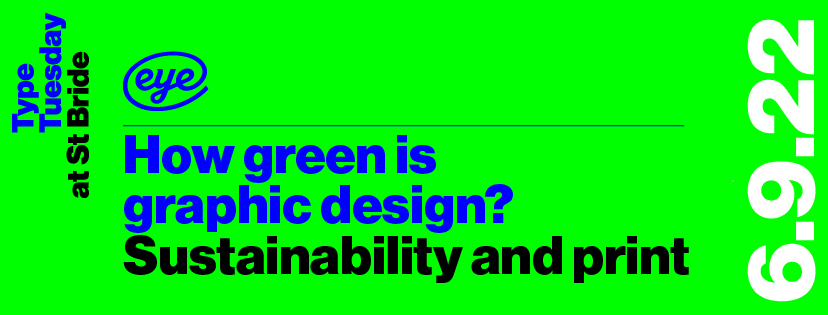Pulp 22, the sustainability issue, featured two articles about sustainable printing that we have just made available online.
You can now read ‘Begin with the end in mind’, about Oeding Print in Germany and ‘Part of the solution’, about British printers Seacourt. Both companies have been committed to sustainable printing solutions for a substantial time and have gathered many awards. And both note with satisfaction the growing economic importance of ‘green’ methods: the market now demands sustainable printing more than at any other time.
Their clients range from small socially minded co-operatives to far-sighted corporations; they are both decidedly 21st-century printers. Seacourt’s recent jobs include Circular Design for Fashion (see ‘Circular pioneers’, in Pulp 22); Oeding, which offers certified vegan printing, has recently printed a series of children’s books about veganism for progressive publisher Next Level.
Pulp 22 also features Oeding’s ‘Ten tips for sustainable printers’, which tackles some of the knotty questions – about topics such as recycled paper and de-inking – that clients and designers need to consider in order to make their projects more planet-friendly. ‘Ten tips’ compiles useful, pragmatic advice about elements such as finishing. The article notes, for example, that ‘classic die-stamping and blind embossing are the best choices’, but that ‘if lamination increases the value and thus the service life, this is sustainable.’
Sustainability issues can be complex, nuanced and multi-stranded, so it is good to be reminded of the vital importance of paper choice in the cycle of print production: ‘Paper usually has the greatest influence on the ecological balance and the price of your product,’ states tip no. 1. ‘In order to conserve resources and reduce costs, pay attention to the number of copies, formats, pages and grammage as early as possible in the planning phase.’ You can’t argue with that.











